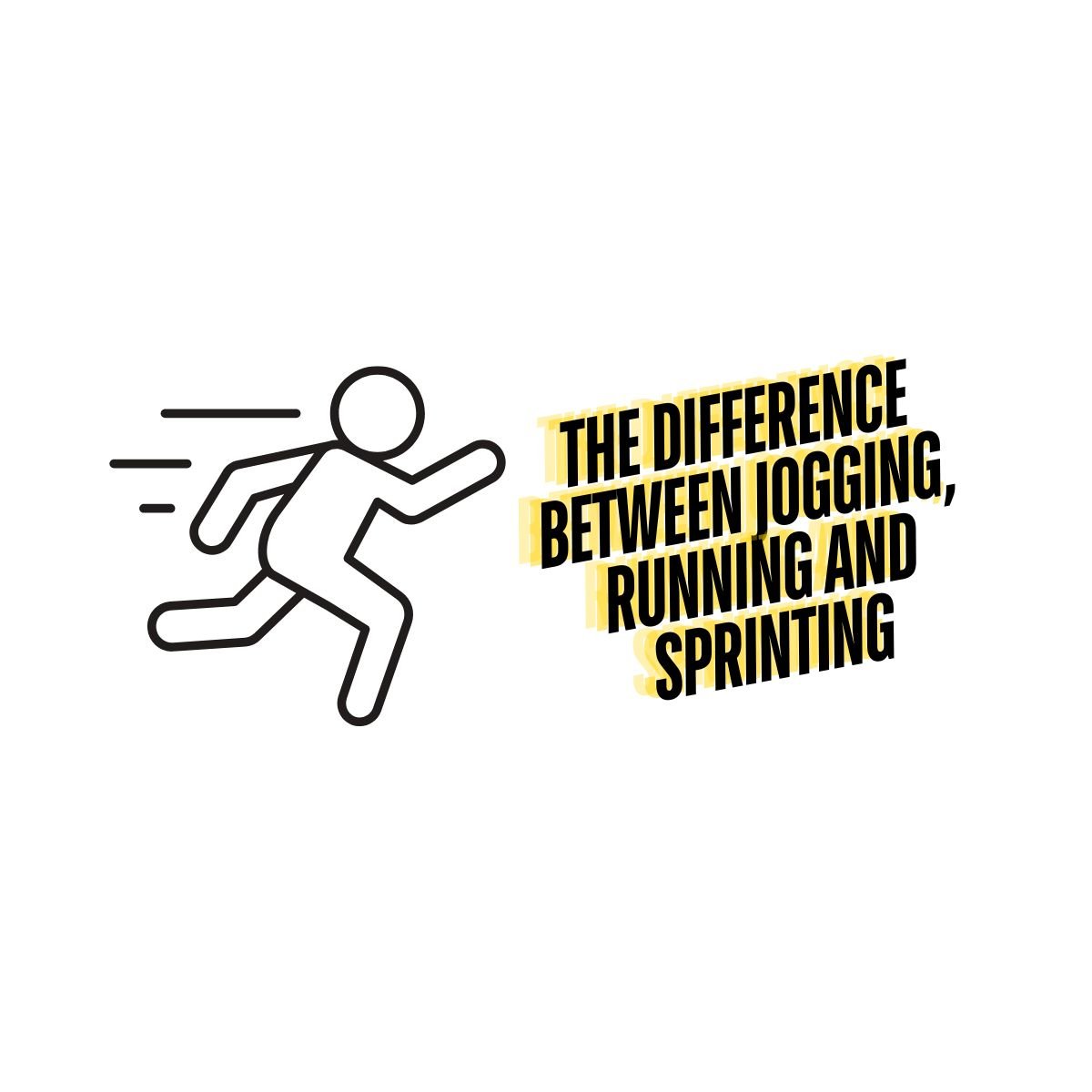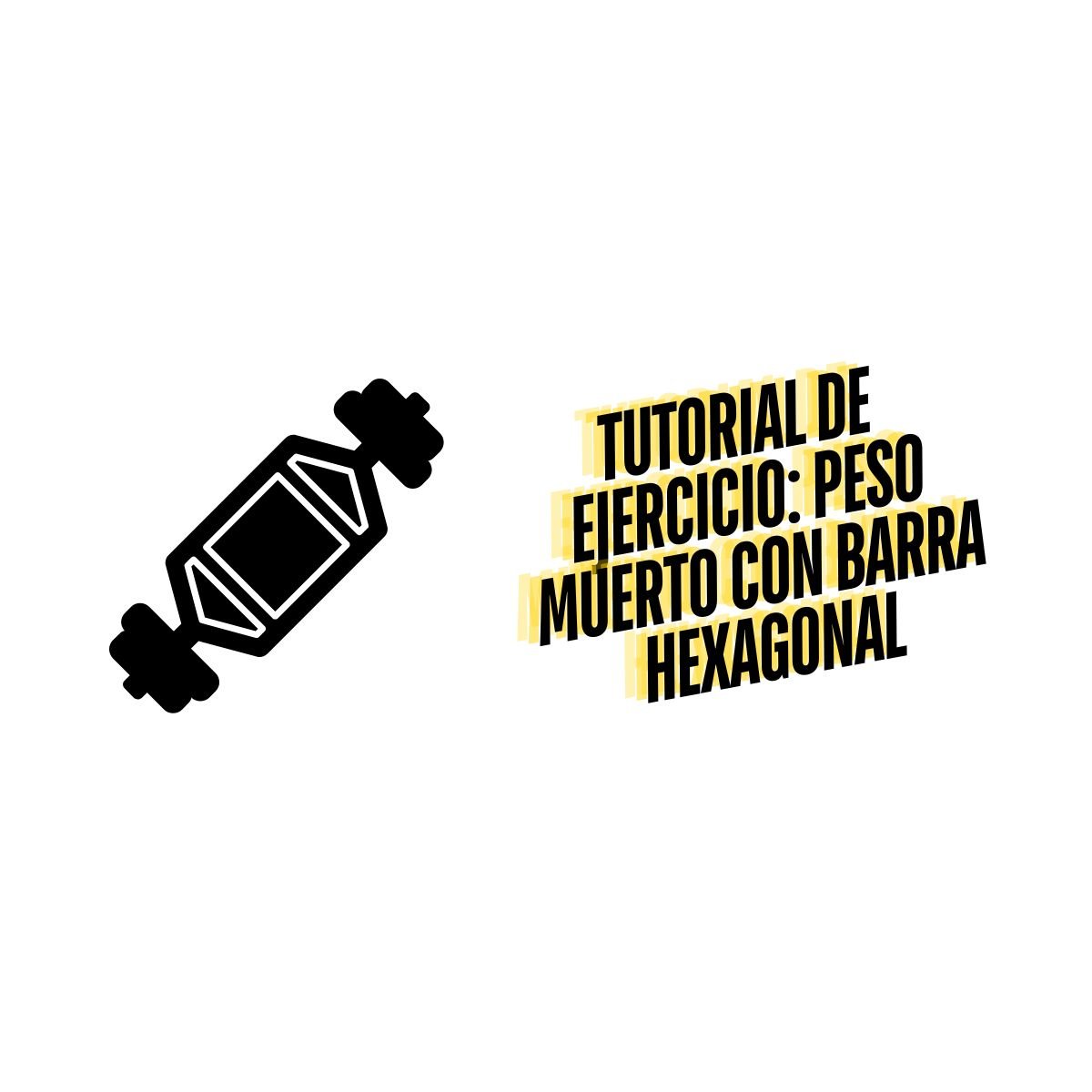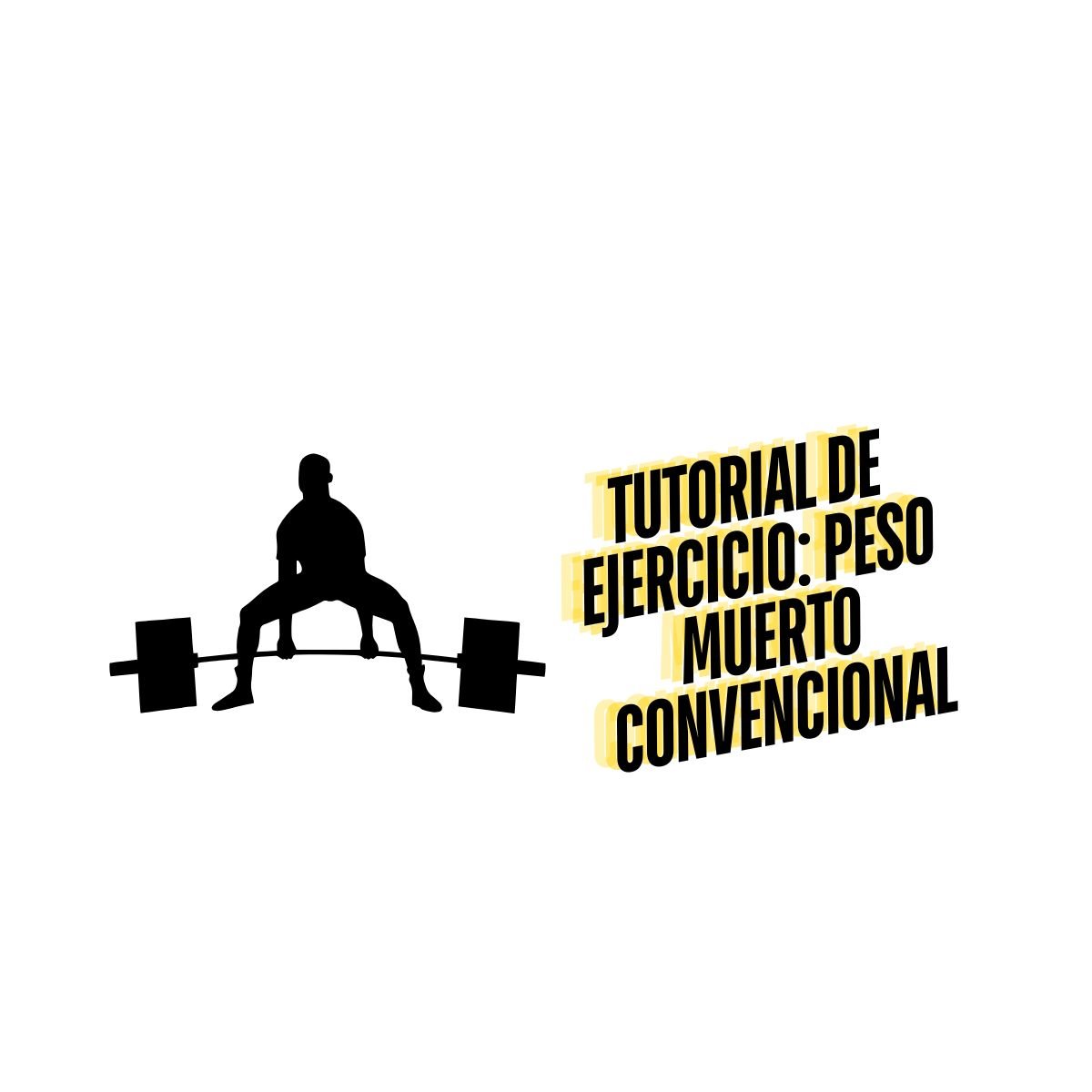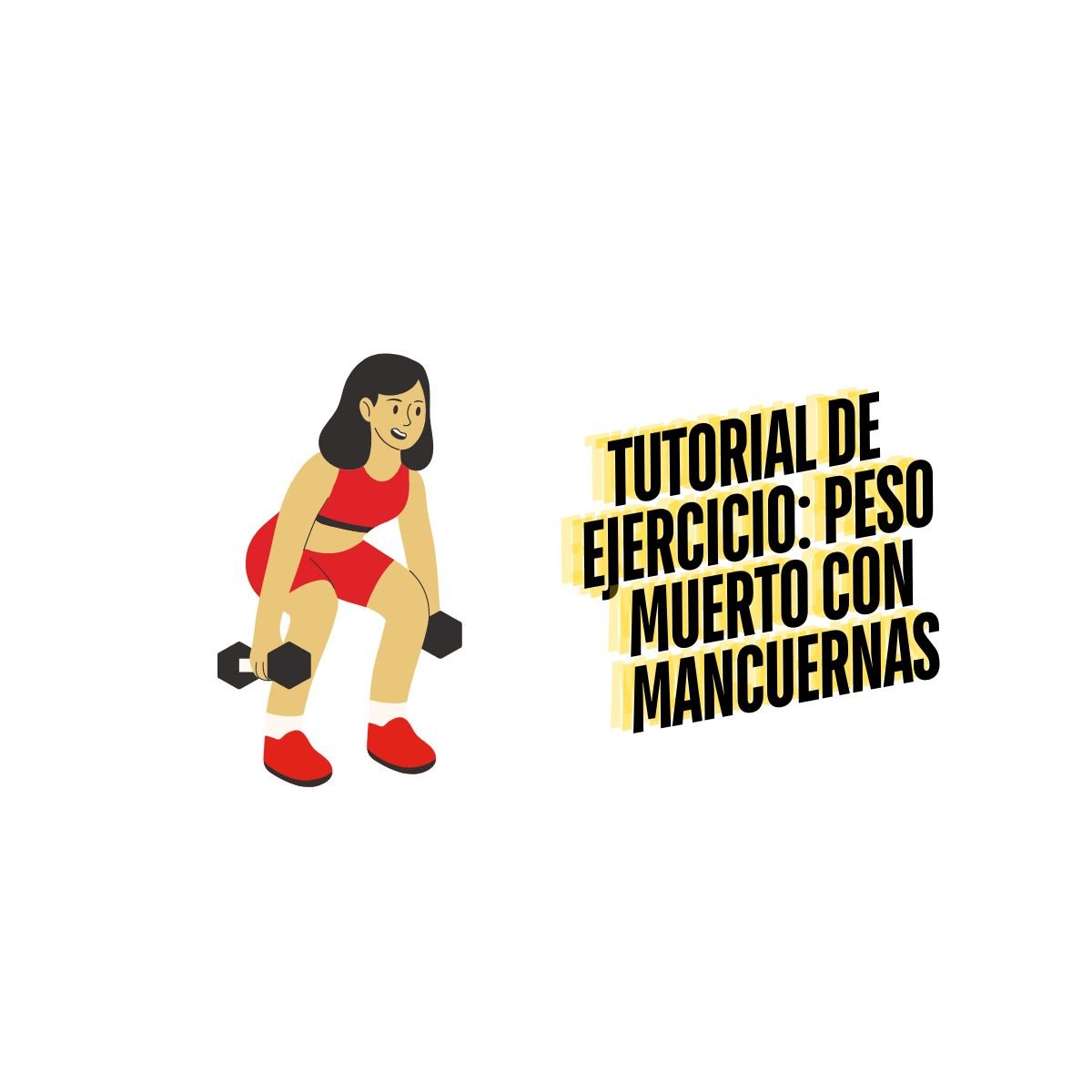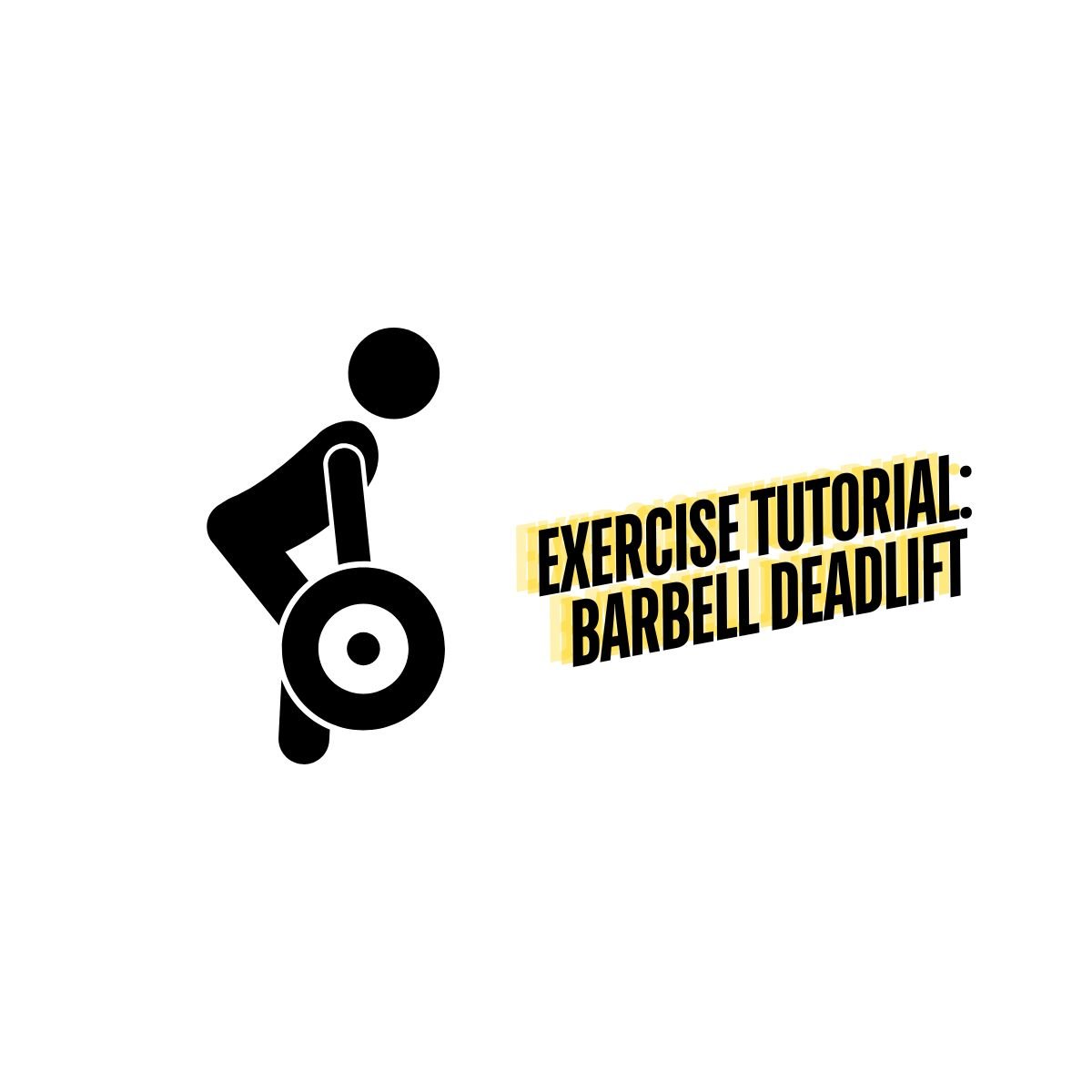Injury Breakdown: Winged Scapula | Scapular Winging
About Winged Scapula
Winged Scapula, also known as Scapular Winging, is a condition that affects the shoulder blades. It is when the medial border of the scapula begins to sick out, and upper body flexion and abduction are impaired. This can affect a person’s ability to push, pull, and lift heavy objects as well as interfere with activities of daily living such as washing your hair. Symptoms of Winged Scapula can include drooping or uneven shoulders, pain or discomfort in the back, shoulders or neck, limited shoulder movements, and poor muscle strength and endurance.
Winged Scapula Test
Winged Scapula can easily be diagnosed through visual inspection of the scapula. This is known as a static diagnosis. It can further be accentuated dynamically when the patient is asked to place their hands on a wall and re-create a push-up position and motion. When in this position, the medial border of the scapula lifts even further so the Scapular Winging is more prominent.
Causes of Winged Scapula
Winged Scapula can occur as a result of nerve damage. Three nerves control the muscles in your arms, back and neck. The long thoracic nerve controls the serratus anterior, the dorsal scapular nerve controls the rhomboids, and the spinal accessory nerve controls the trapezius. Injuries to these nerves could be caused by muscle overuse, allergic reactions, illnesses, some medications, surgeries near the shoulders or ribs, and blunt force trauma.
Winged Scapula Treatments
There are surgical and nonsurgical options to treat Winged Scapula. Different causes will require different treatments.
Nonsurgical Treatment
Winged Scapula caused by damage to the long thoracic nerve usually heals on its own can benefit from physical therapy or support devices (i.e. a sling).
Winged Scapula caused by damage to the dorsal scapular nerve may need both physical and massage therapy. Your doctor may also recommend anti-inflammatory drugs, muscle relaxants, and pain relief medication.
If none of these nonsurgical options aid in recovery, your doctor may suggest surgery.
Surgical Treatment
Winged Scapula caused by blunt force trauma or damage to the spinal accessory nerve is more likely to have surgical treatment.
Common surgeries include nerve and muscle transfers. These surgeries involve moving healthy nerves and muscles from another area of the body to repair any damage.
If other treatments do not work, a scapulothoracic fusion may be recommended. This procedure directly fuses the scapula to the ribs and is risky with many side effects. This surgery generally only occurs when no other treatment has been successful.
Rehab Exercises for Winged Scapula
There is a wide range of exercises that you can complete at home and can help in recovery and reduce pain. Below is a sample of exercises to improve Winged Scapula. Always talk to your doctor before starting any exercise program as some exercises can make the condition worse.
Scapular Retraction
In a standing position, bring your arms up so that there is a 90-degree angle in the elbow. Pull your shoulder blades back as you move your arm and elbows up and down. Hold for 10 seconds at the top and then relax the shoulder. Repeat 10 times.
External Rotation
Attach an exercise band to a secure object around the waist level and stand in line with the band. With the arm furthest away from the band, hold onto the band and rotate the forearm away from the body, keeping the elbow tight to your side. Keep shoulders down and back and hold for three seconds when the arm is rotated away from the body. Repeat this movement 12-15 times and then switch arms.
Horizontal Row
Place an exercise band around a stable object. Hold on to both ends of the band with each hand. Keeping your shoulders down and back as you slowly pull your elbows back, bringing your shoulder blades together. Hold for three seconds at this position and then repeat the movement 12-15 times. The row can be performed standing up or kneeling.
Scapular Exercises
With your hand on a physioball being held against a wall, keep your arm extended straight out in front of you. Slowly roll your hand up and down on the ball, keeping your shoulders down and back. Repeat this movement for 3 sets of 15 reps and repeat on the other arm.
Angel Wings
Begin standing with your arms over your head and palms facing forwards. Keeping your elbows to the side, slowly lower your arms while squeezing the shoulder blades together. Aim to put your elbows into your pant pockets. Hold for 10 seconds in the lowest position and then repeat this movement 10 times.
Winged Scapula Brace
A scapular-protecting brace is a nonsurgical treatment option for Winged Scapula caused by the long thoracic nerve. The brace functions to keep the scapula tight against the thorax, which prevents stretching of the serratus anterior muscle. A study in Clinical Orthopaedics and Related Research found that sole use of scapular-protecting braces as treatment would cause incomplete recovery, thus additional treatment is necessary alongside this option.
Futher studies have found that scapular braces can be uncomfortable leading to non-compliance and less recovery. Always consult your doctor before beginning any type of treatment.





